The lateral myofascial line/chain/train consists of muscles and tissue that are primarily in the frontal plane but have functions in the other planes as well. Using the transverse plane motion of Core-Tex, we take advantage of the transverse plane AND other vectors using the patented motion of Core-Tex to create mobility in this tissue from top to bottom.
As with all Core-Tex mobility moves, once tension is generated on the tissue in the primary plane that muscle and tissue is associated with, we then introduce other vectors with Core-Tex to optimize that tissues extensibility.
What does that mean? It means you move better and feel better in less time and without the awkward and uncomfortable positions that most flexibility work asks of you.
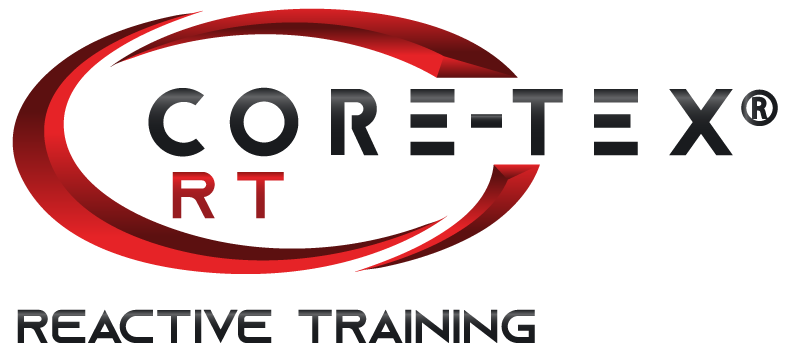
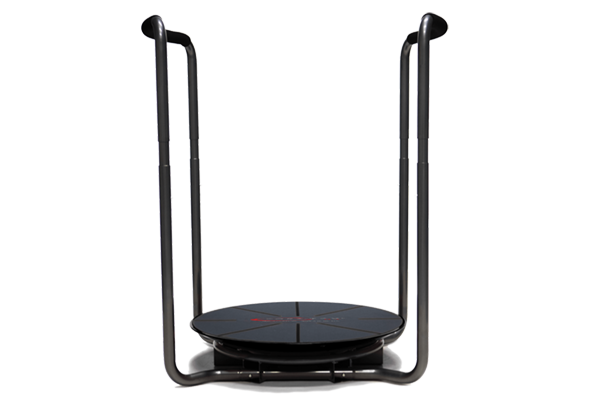
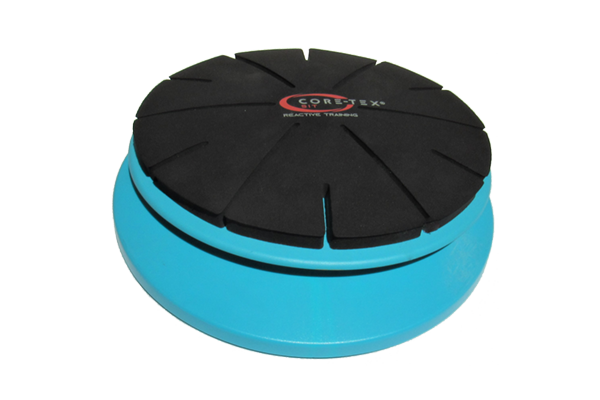
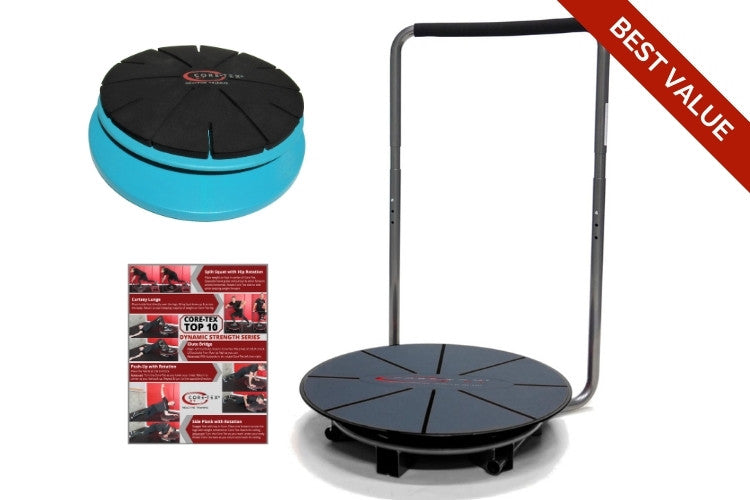

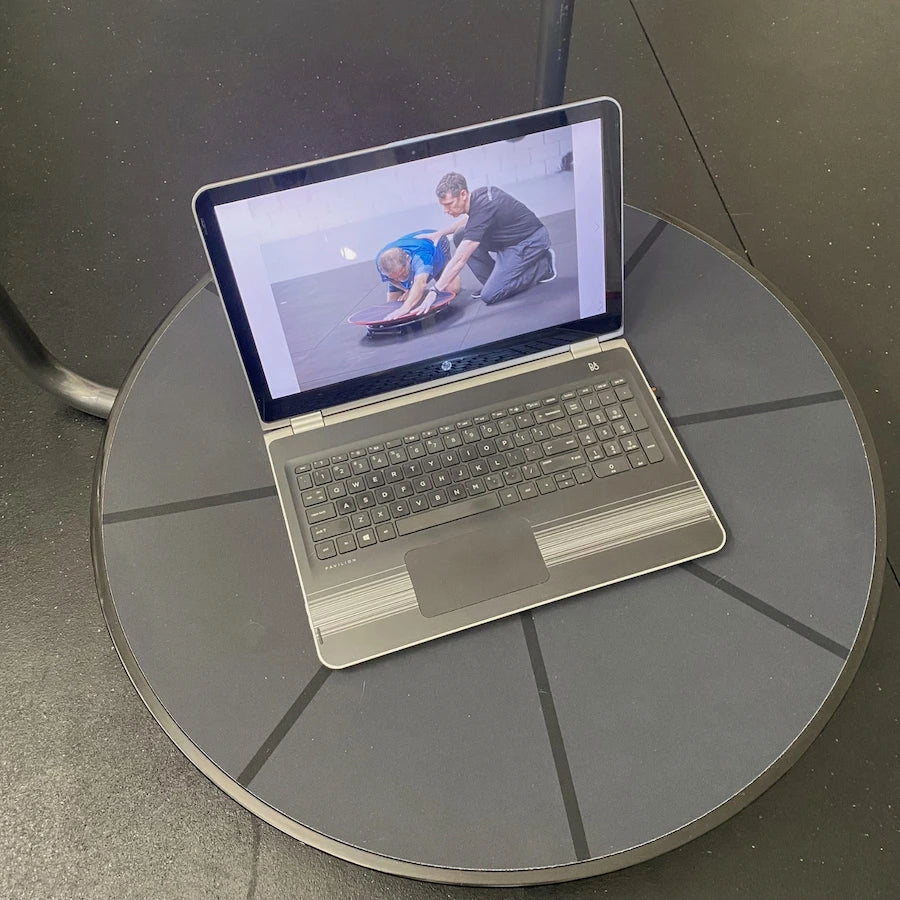
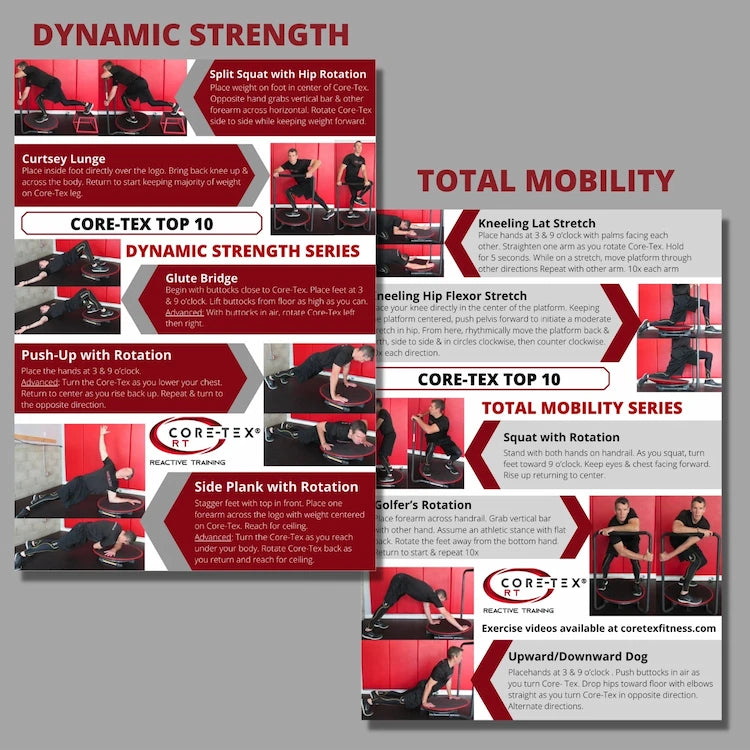
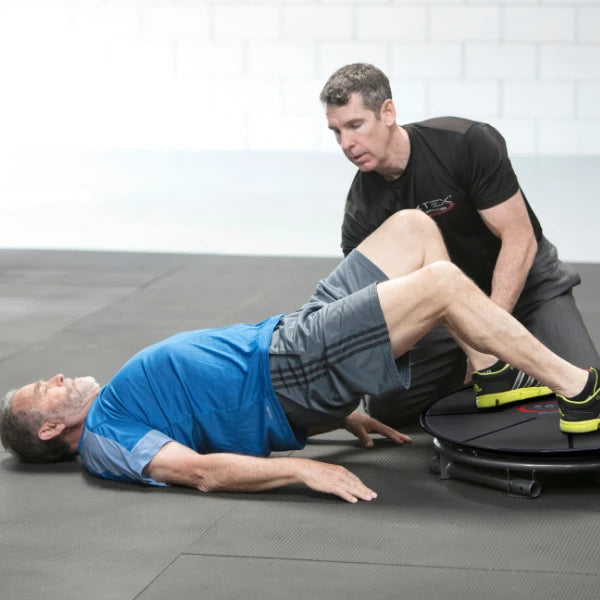
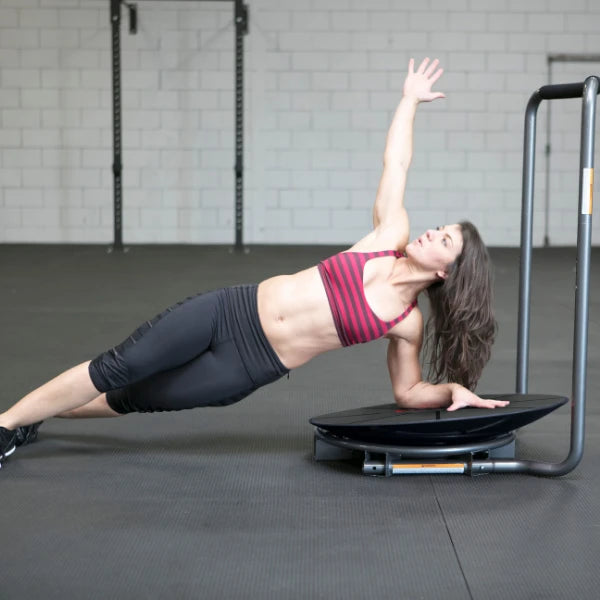
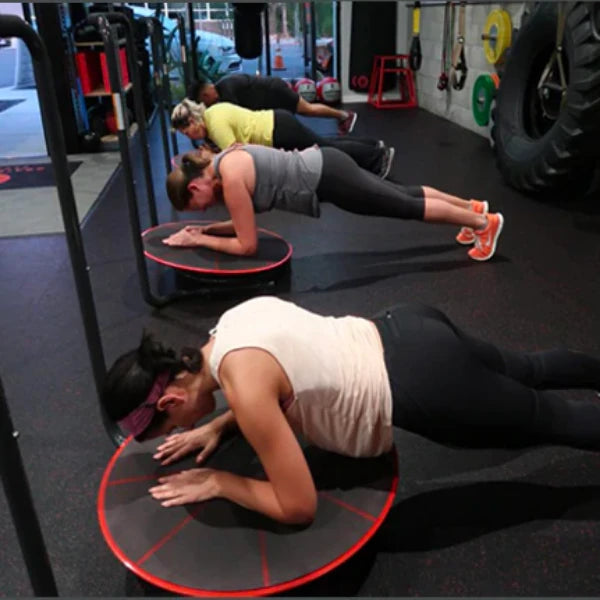
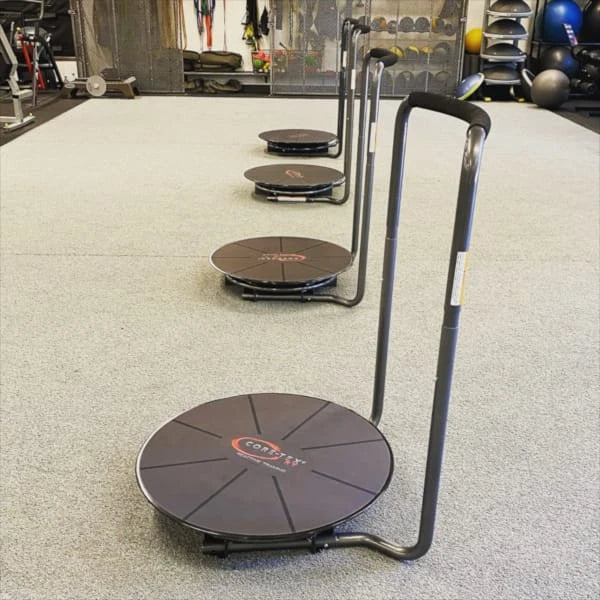
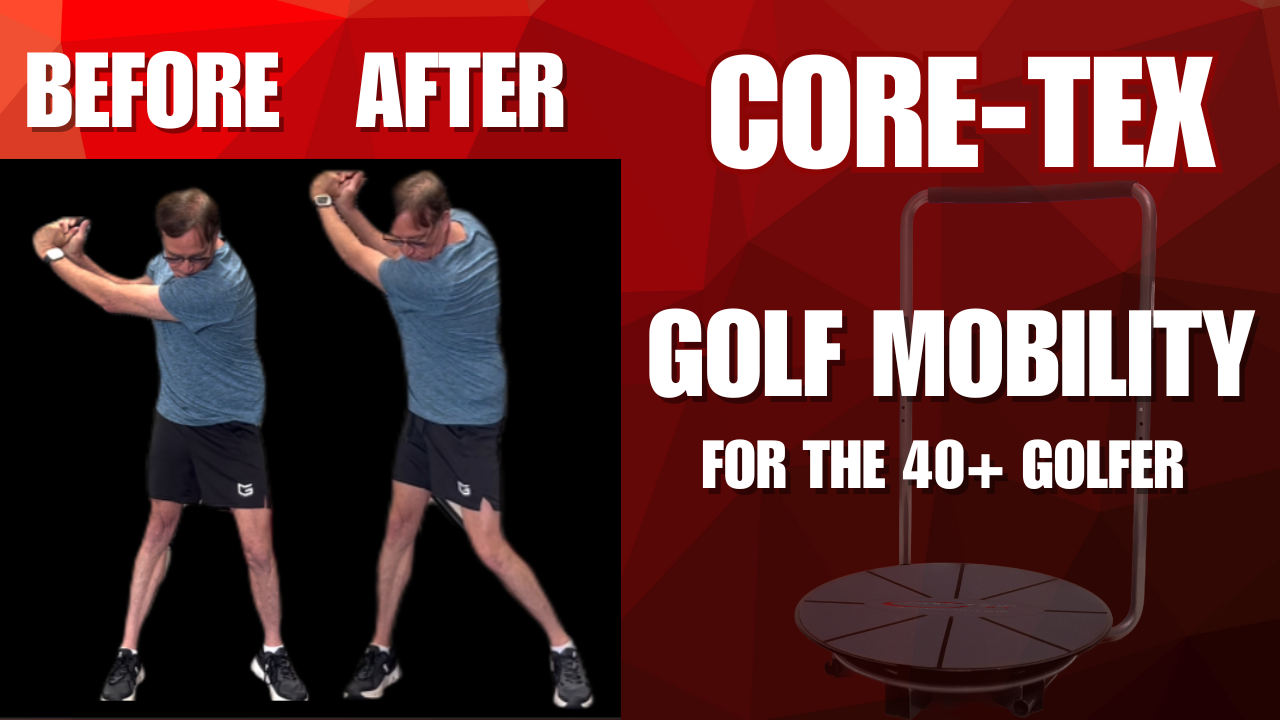
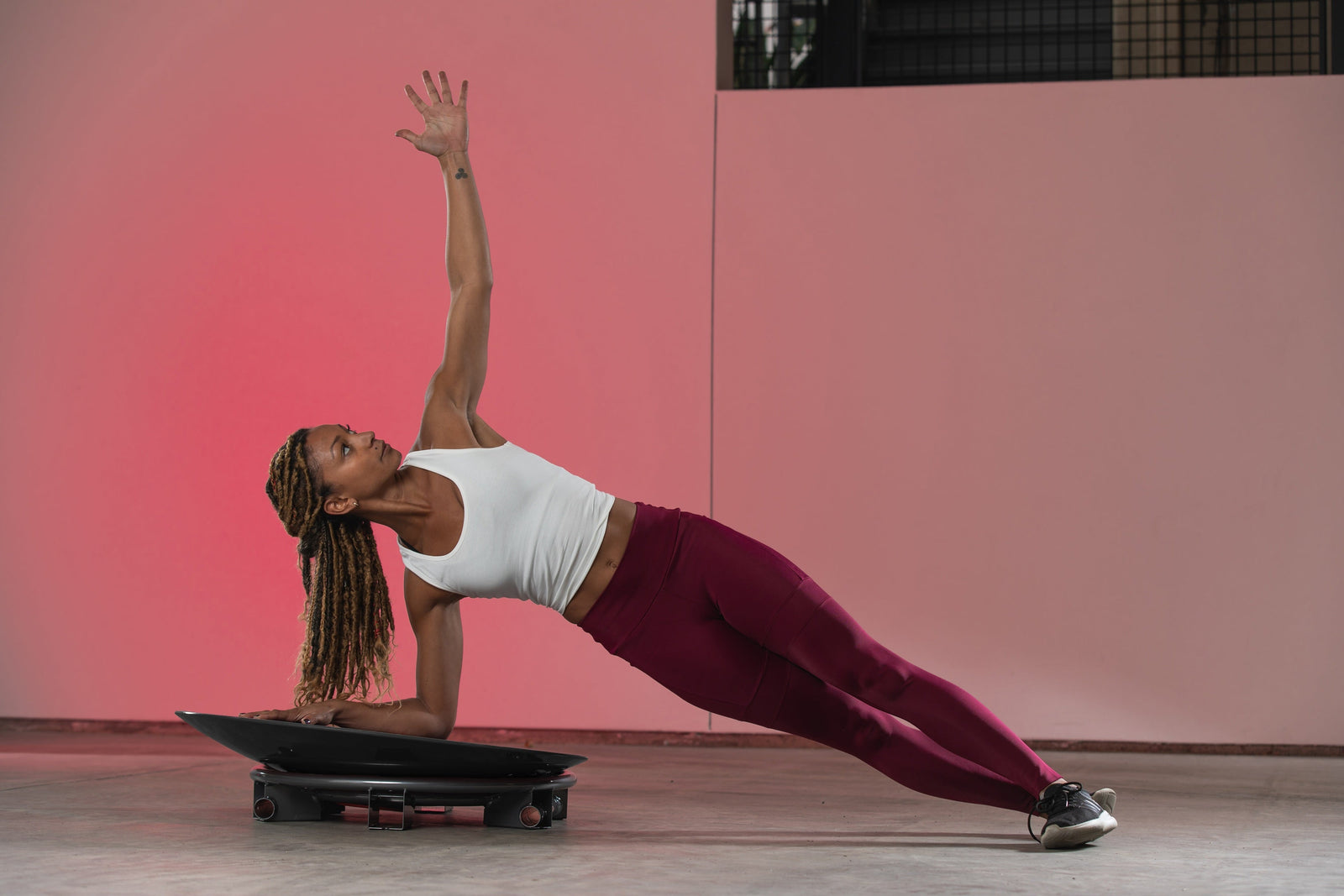

Leave a comment (all fields required)